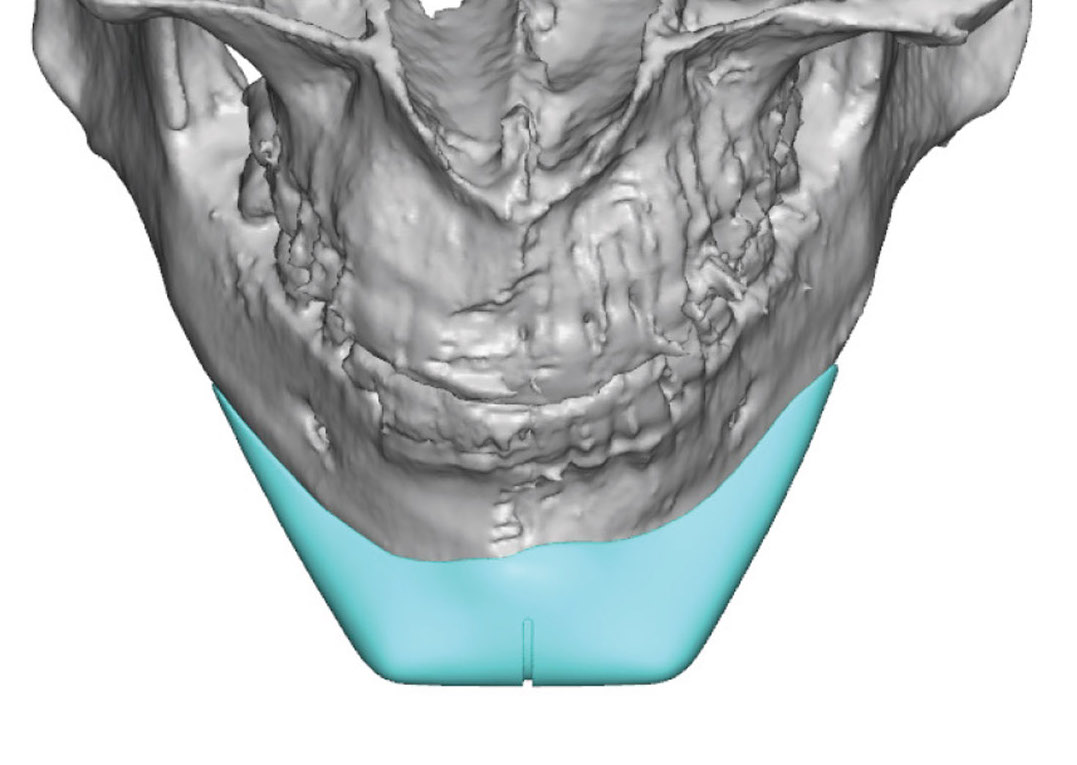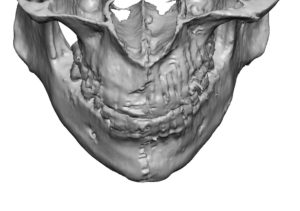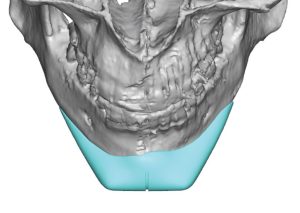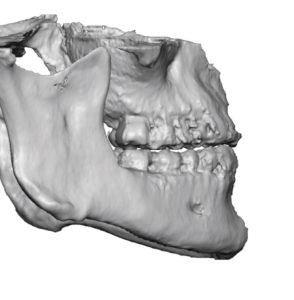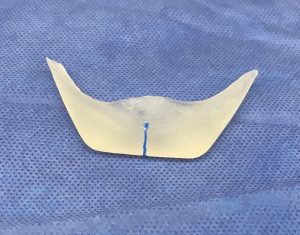Chin implant augmentation is done in both men and women but the aesthetic goals are often different. While the amount of horizontal chin projection differs amongst each patient, the shape of the augmented chin from the front view can be very gender specific. While women may prefer a more narrow or even v-shaped chin appearance, men usually prefer a wider and even square-shaped chin result.
The desire for a square chin shape in men is not new and off-the-shelf implants have been designed to do so since the 1990s. (style 1 and style 2 square chin implants) While these square chin implant designs are wider than the traditional anatomic implant shapes they have never been particularly satisfactory from my experience. While they are wider they are either too narrow (style 1) or too wide (style 2) to look right in most men. Beyond their width the ‘squareness’ of the implant does not really create a square chin look. The corners are too round and indistinct to really create a good square chin appearance for most men.
I once asked the original designer of the square chin implant how he came up with the square chin implant design and is comment was…’it looked good in a skull model’. At that time in history that may have been the only design approach possible. But today we have the major advantages of custom implant designs which can teach us a lot of about the effects of various implant shapes that go beyond the theoretical design on a skull model.
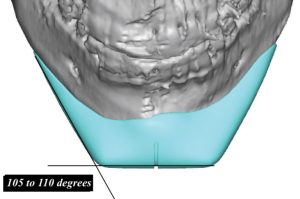
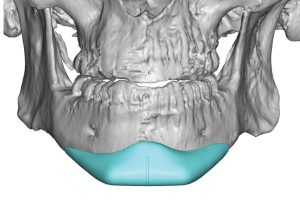
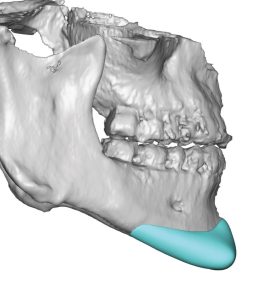
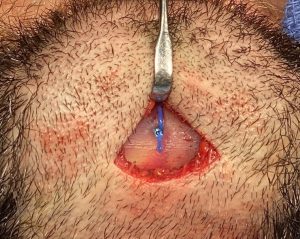
Dr. Barry Eppley
Indianapolis, Indiana

